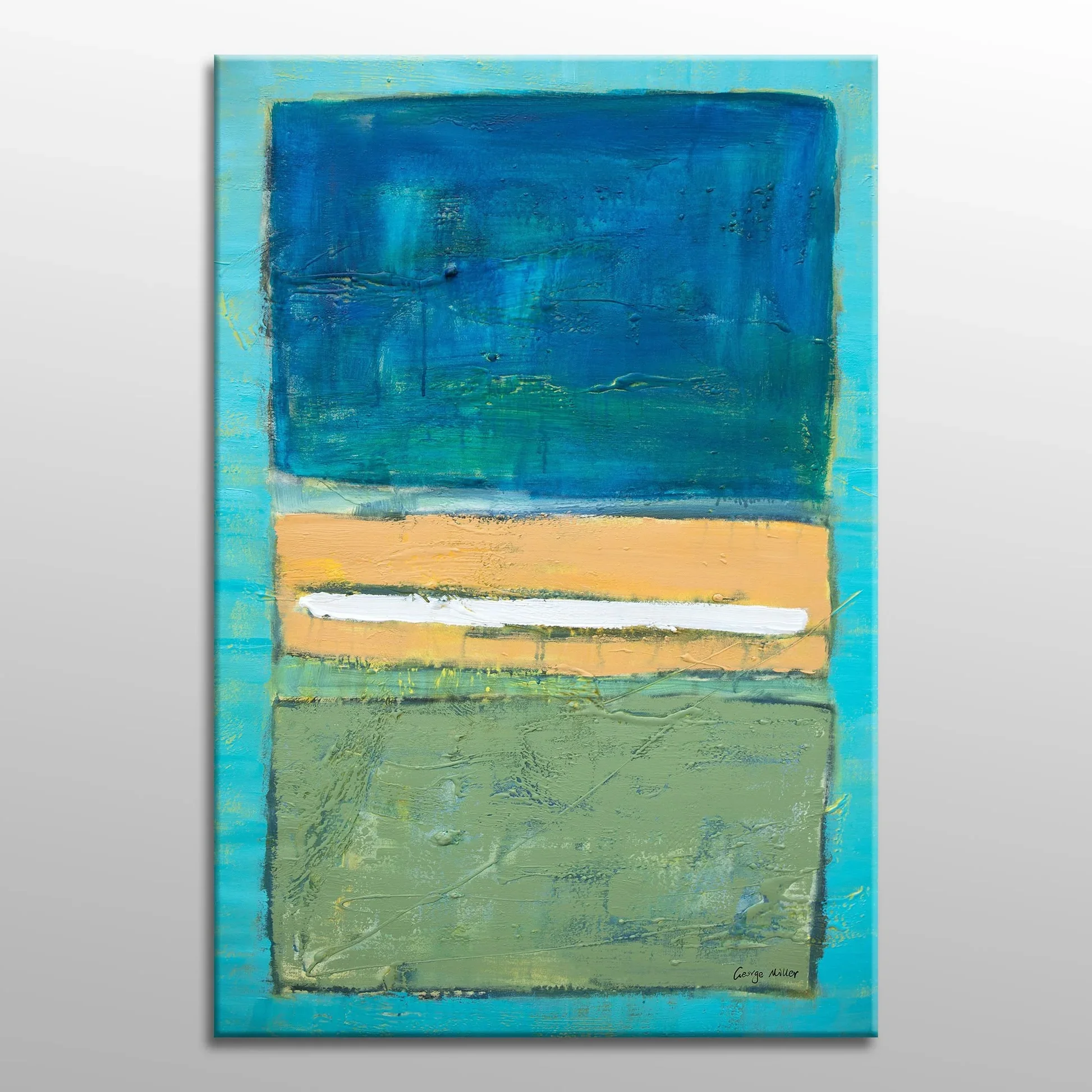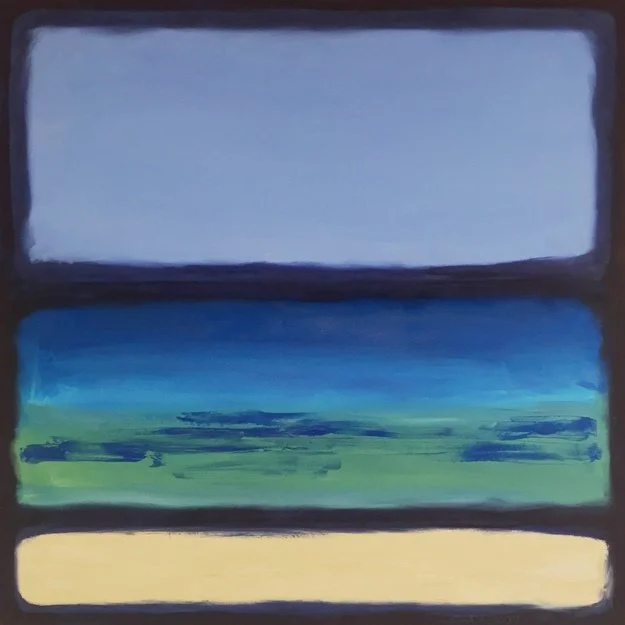comics should claim rothko
Mark Rothko painted comics. He just didn’t know.
He's the first abstract comics painter with his Color Field works. The funny thing is he explicitly said he had a disdain towards comic books and didn’t ever read them. While his opinion of comic books was highly critical, he still saw them. He lived in New York at the height of his career during the Golden and Silver ages of American comics! Rothko had been associated with artists like Willem de Kooning and Lichtenstein who both intentionally used comic elements in their art. While the vocalized intentions for these artists are in comics records, Rothko never had the intention to make paintings influenced by American-Industrial comic books. Instead, for Rothko, his Color Fields can be identified as comics retrospectively in how they function and their makeup just as the 1519 Pre-Colombian manuscript called “Discovered” (an example from Scott McCloud’s Understanding Comics) is a comic; the Color Fields are inherently meant to portray narrative and are sequential. They’re massive, sensual comics made to portray human emotion through sequential blocks of color. When Rothko made his Color Fields, he wanted the emotion of the piece to be the story and the arrangements of shapes and colors to help drive those stories; these two elements together make his Color Fields abstract comics. I look at those and they look to me like comics, like art that applies a comics method. Because of how the larger, general population of readers and artists understand comics to be associated with the American-industry comic books or manga, the scope is still very narrow and excludes hard-to-see comic applications like Rothko’s Color Fields.
I agree with Scott McCloud in his definitions and explorations of comics theory with the added assertion that comics is a method of artmaking. It’s a method before it is a physical art piece, and so that artwork has the potential to look like anything. An artist doesn’t have to know they’re making a comic to make a comic. The era of Abstract Expressionism was all about discovery, storytelling, and the inner-most self. All throughout New York there were artists doing new things, making odd things, challenging notions, and challenging themselves. Mark Rothko along with de Kooning, Pollock, Hans Hoffman, Barnett Newman, Helen Frankenthaler, and Franz Kline piloted Abstract Expressionism, all with their personal interpretations. No pioneer of any art movement can foresee their connection to or impact on the art world or its movements and sectors totally. In 1949 Rothko started creating his Color Fields but they really evolved into what they are now, how we think of Rothko’s work in its totality, in the mid-to-late sixties. They weren’t well received by the public at the time, but he was charting new territory that was later respected. I think the territory also lies hidden in a cave in the American comics jungle, and maybe this opinion sits there with it. This isn’t to try and change the comics world but actually, consciously applying comics theory and intentionally extending comics to different mediums beyond drawing and paper-based art forms could really do good for comic artists and abstract artists alike. The scope of possibility can widen. I think it’s worth looking at especially when abstract comics being made today look like Rothko’s work.

